Book Review: The Heirloom Tomato by Amy Goldman and Victor Schrager
The Heirloom Tomato: |
I wasn't disappointed. First of all, the book is beautiful. Schrager absolutely deserves full billing along with Goldman, because the photos alone would make this book worth buying. He did the photos for her previous two books, too, and while those were also impressive, the tomato book is easily my favorite (I may be a little biased in their favor by the fact that I'd rather eat tomatoes than the other two, so I find each photo has me pondering the possibility of eating the thing (even when the accompanying text describes its flavor as "nonexistent" or "poor, very tart, tastes underripe"). The diversity of tomatoes has always amazed me, and Schrager's images have captured it superbly.
In a vast majority of books like this, the text barely rises above the level of filler--just enough to string the photos together and call it a book, so it can be admired on coffee tables or wherever, but Goldman has actually done an excellent job in characterizing each of the hundreds of varieties, often recounting stories of the varieties' origins or even her personal interactions with the breeder. She recalls conversations with Dick Robinson (who also has a blurb inside the cover), the tomato breeder from Cornell's Geneva experiment station, where I used to work. It's good to see Dick, now emeritus, still actively engaged in the world of tomatoes, though any one who knew him would hardly be surprised that he would, for as long as he remains able.
Goldman actually grew each of these tomato varieties herself, in her own vast test plot, where she has tried roughly five hundred different cultivars. It must be quite a sight...presumably there are still melons and squashes in abundance there, too, as well as other vegetables. That bit of personal experience shows in each of the descriptions, which are not only interesting to read, but also start off with a standard set of data, including size, weight, Brix, interior and exterior color, flavor, usage and seed source, as well as, in every case where it's actually known, the origin. (This is a particular pet peeve of mine in books about varieties of fruits or veggies--so many neglect to say where varieties come from. Attributing them to the appropriate source is not only good form, giving credit where credit is due, but where and by whom a variety was produced can tell a lot about it to people familiar with the background. And it's hard to get familiar if no one tells you anything...). Ms. Goldman is clearly involved in the efforts to preserve these varieties, and she should be commended for that as well as for her excellent book.
My gripes are all very minor: First, although it doesn't stop me from being interested in them, I take issue with her definition of heirloom, which clearly extends to just about anything that isn't a hybrid variety, as there are cultivars less than a decade old included, from fairly major breeding programs. I don't mind them being there--I'm not picking as to where my tomatoes come from--but to me that's not an "heirloom". The two relevant dictionary definitions are "being an old variety that is being cultivated again" and "a family possession handed down from generation to generation." To me, an heirloom goes beyond merely being open-pollinated, it also means carrying a certain historical weight as well.
Secondly, the recipes, which fill the last sixty-odd pages, while quite appetizing looking, seem utterly superfluous in what is, despite the pretty pictures, a horticulture book. I have plenty of cookbooks--I don't need this book to pretend to be one on top of everything elese.
The index is a single page, and consists only of the names of the two hundred varieties profiled. While this serves it's purpose adequately it's really easy to miss, tucked away in the very back (I had initially included a complaint about the lack of an index in this spot until I noticed the mention of one in an Amazon review), and I would rather it was more complete, allowing you to look up references to specific breeders, programs, areas, or types of varieties as well.
Still, all in all, this is still an immensely satisfying book, worthy of a place on the coffee table, the bedside table, the kitchen table, or the potting bench.
You can purchase it online at Amazon or Barnes & Noble.
Blogged with the Flock Browser



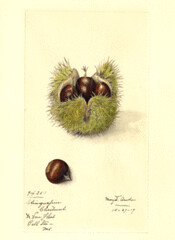
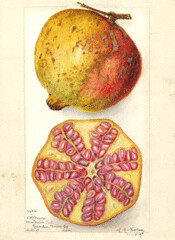

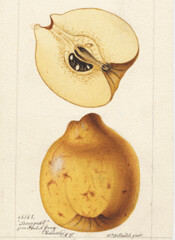





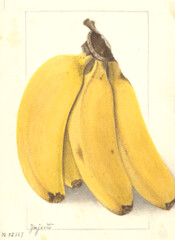

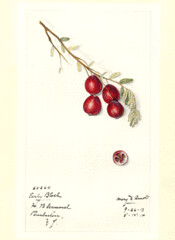
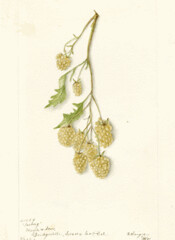
0 Comments:
Post a Comment
<< Home